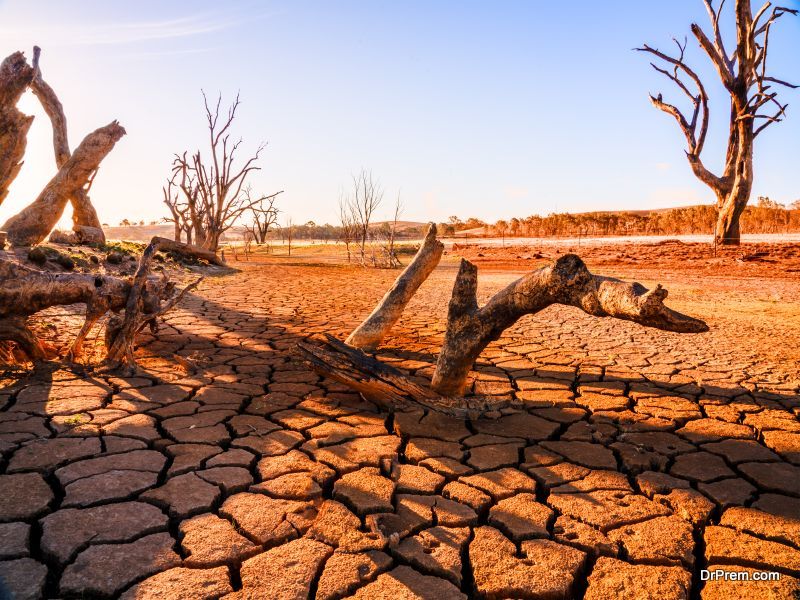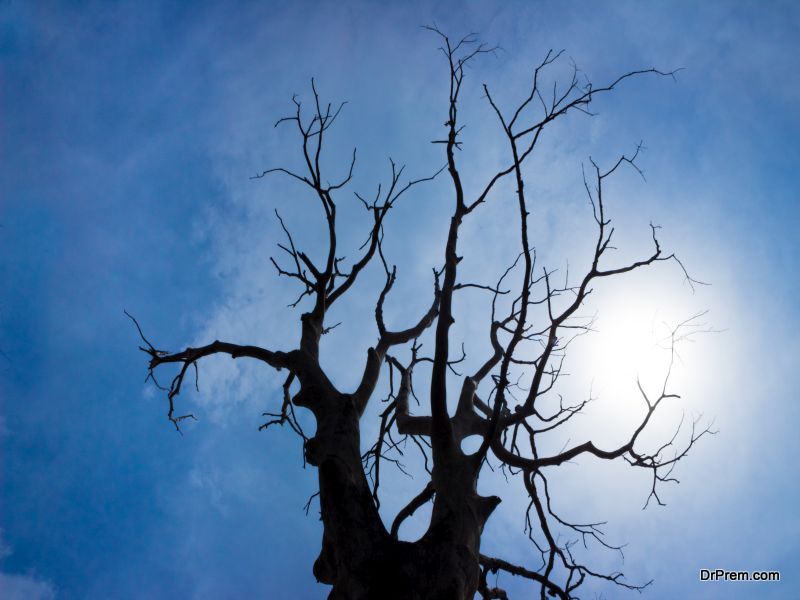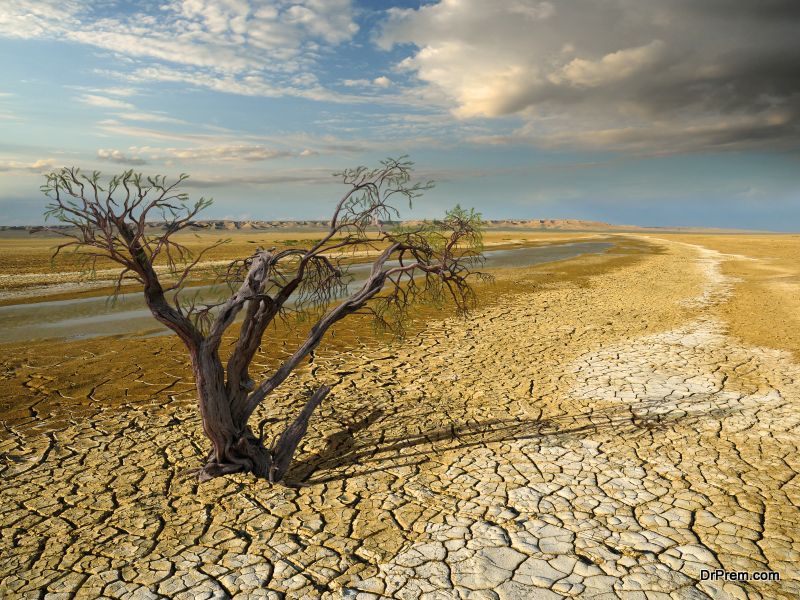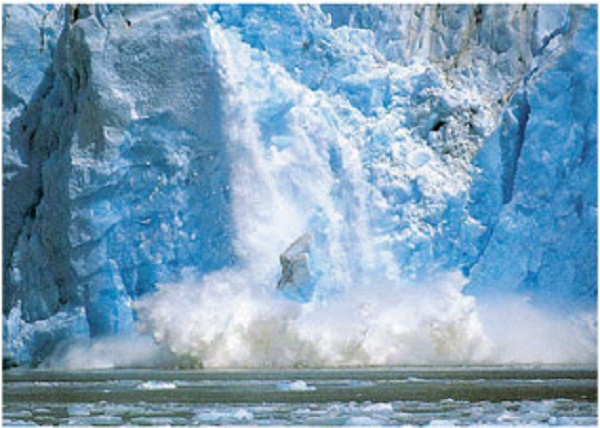Recent statistics have pitted the number of tree deaths owing to the California drought to cross 102 million. This has been considered as one of the worst ecological disasters of the country with the potential to increase risks of erosion and massive wildfires across the state.
Alarming Increase in Tree Deaths since May
Officials have revealed that almost 36 million trees from the state’s drought stricken forests have died since the last survey in May. This has taken the toll to 62 million trees that have died in 2016 alone while a total of 102 million trees have died in the last five years. This has led to a staggering truth; that the trees are dying at unprecedentedly quicker rates than was previously thought.
Scientists have attributed this disaster to the extreme drought conditions California has been continuously experiencing for five years now. While the start of the year saw Northern California enjoy a little bit of rain, the central and southern parts of the state continued to reel under what ecologists describe as a highly exceptional and extreme drought.
Lack of adequate rain has placed the trees in the state under considerable stress while high temperatures have increased their demand for water. The stress stricken trees are more susceptible to deaths caused by organisms like beetles.
More Impact on Ground Level
The majority of trees that have died belong to the forests in the central and southern Nevada region. However, increasing instances of tree deaths in Northern California have officials concerned about the issue spreading to forests in the Modoc, Lassen, Siskiyou and Plumas counties as well.
Officials have revealed that much of this impact has been noted at lower elevations ranging from 5000 to 6000 feet. Apparently, trees at this level have been the ones that have been hit the hardest by the drought. Trees in higher elevations were found to be healthier with no signs of drought in the forests in these regions.
Rising Concerns of Side Effects
Experts have revealed that the current scenario of the trees in California would continue for at least a year or two even if the state were to experience average precipitation for a year. They point out that even with a winter deluge, the current die-off will continue for the next two years or so.
Experts have also hinted at the possible dangers of these tree die-offs as well as dead trees in a drought stricken state. For instance, dead trees tend to become weak and fall over easily, posing dangers for the animals and habitats in the region.
There is also the increased risk of wildfires caused by dead, dry trees in the forest. Case in point: massive wildfires caused by dead trees in the Californian forests forced thousands to flee their homes which were destroyed by the deadly fires.
Dead trees act as dead fuel for fires which eventually burn through them and then start to climb the dry branches of healthier trees. Once they reach the top, they simply jump from one tree to another, causing more collateral damage than when on ground. Officials have revealed that the dry season will only lead to longer and more devastating forest fires this year, a factor that automatically translates to increased costs in firefighting services experienced by the state.
Dried, dead trees when burnt also tend to damage the soil on the ground. The arrival of rains then makes it difficult for the soil to absorb excess water which flows downhill, causing erosion and mudslides.
In addition to all these, the dead trees also pose significant threats to wildlife in the area while complicating efforts to respond quickly to forest fires as and when they occur. This, in turn, translates to loss of millions of dollars in homes and other properties in the region.
California has been reeling under an extreme drought for the past five years now. This exceptional drought as experts term it, has increased the number of tree die-offs in the region, with a staggering 102 million trees having died due to the drought.







